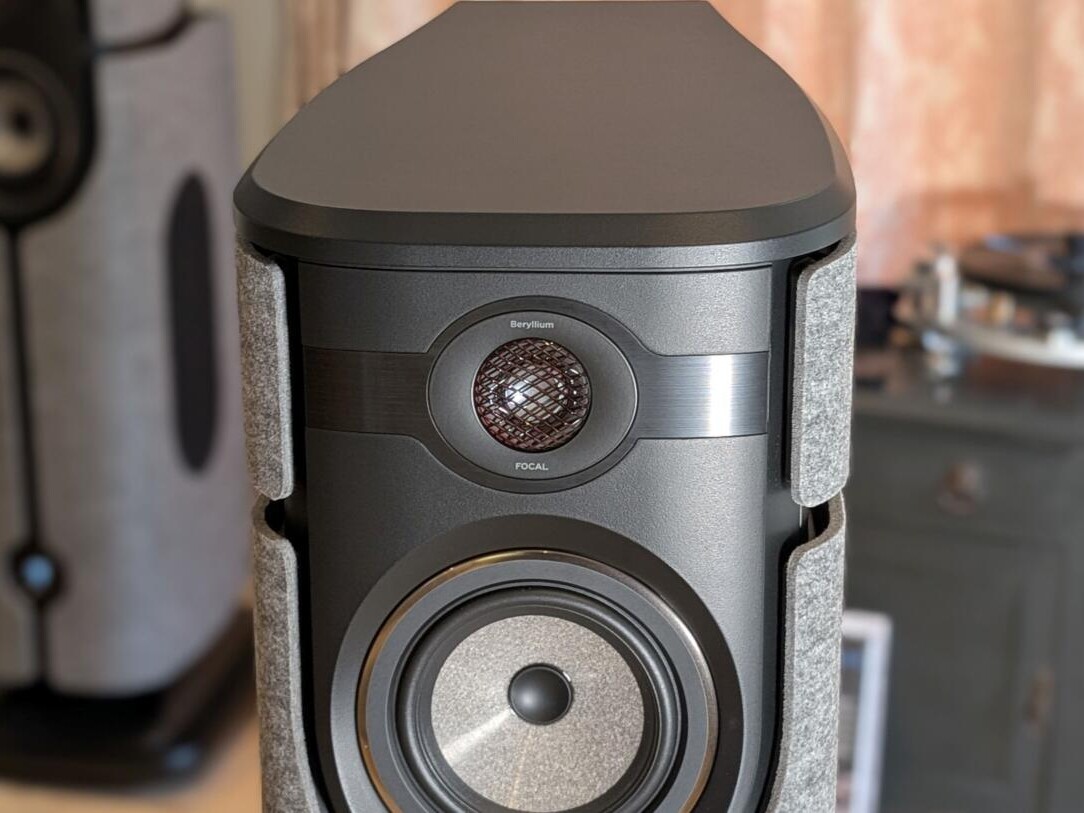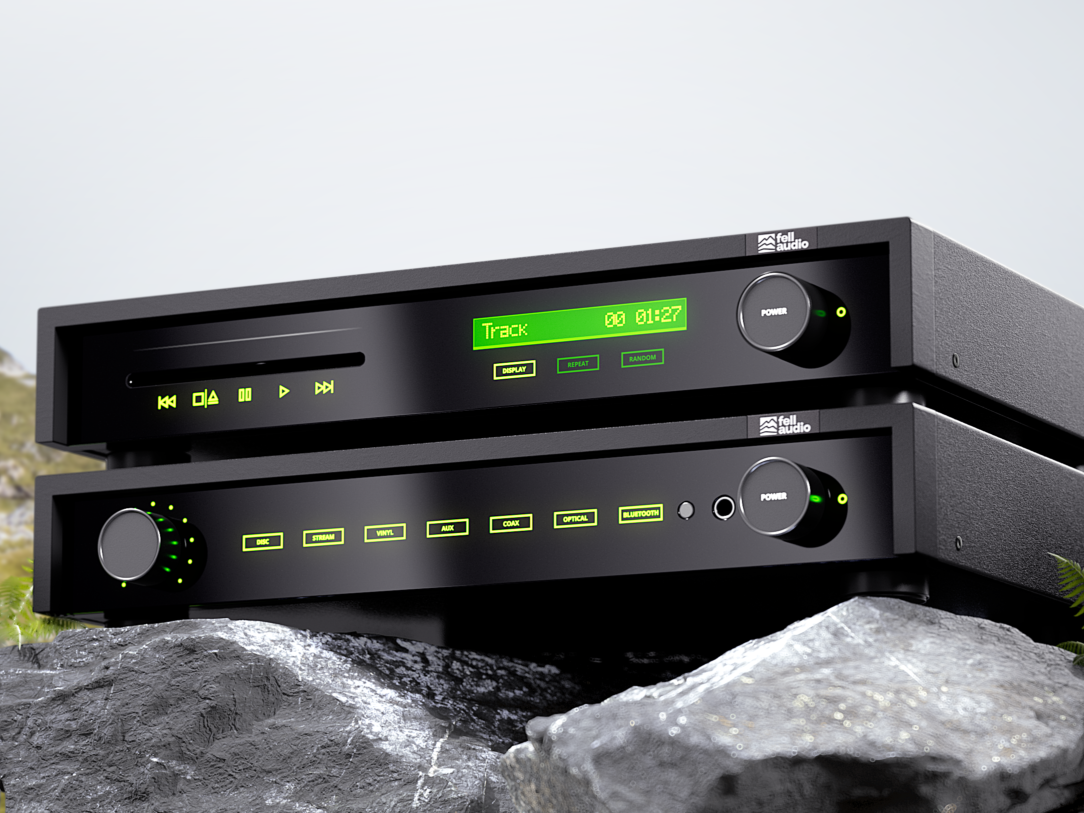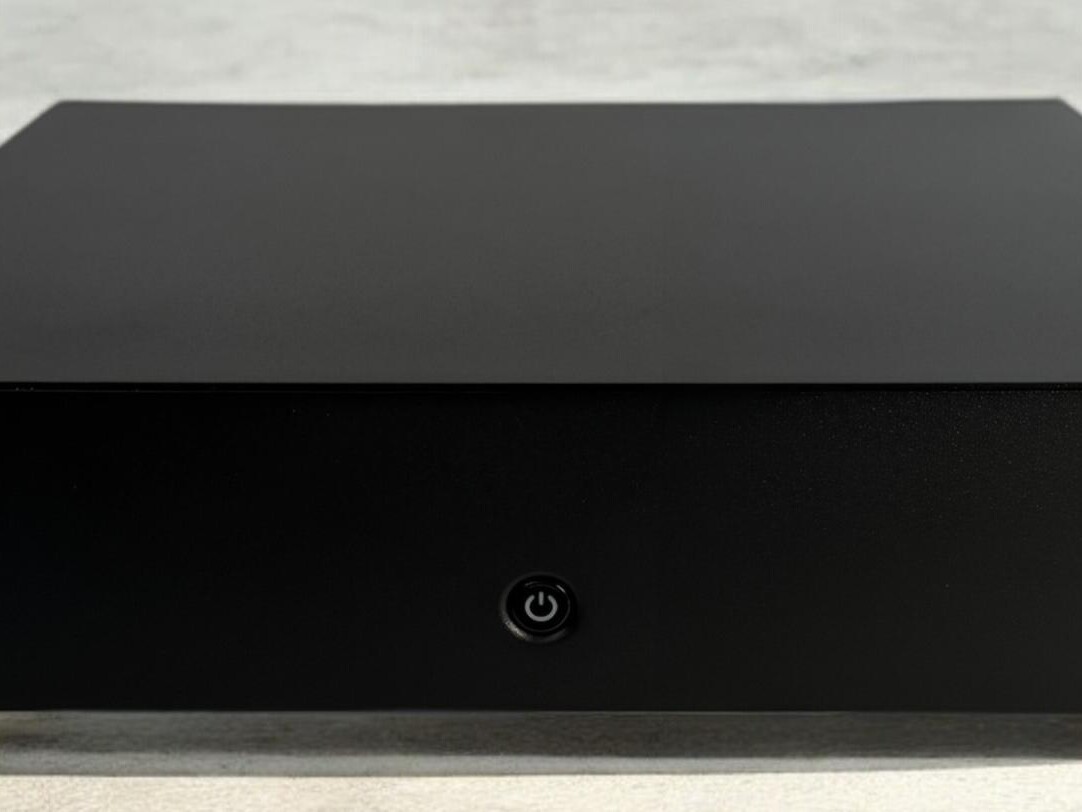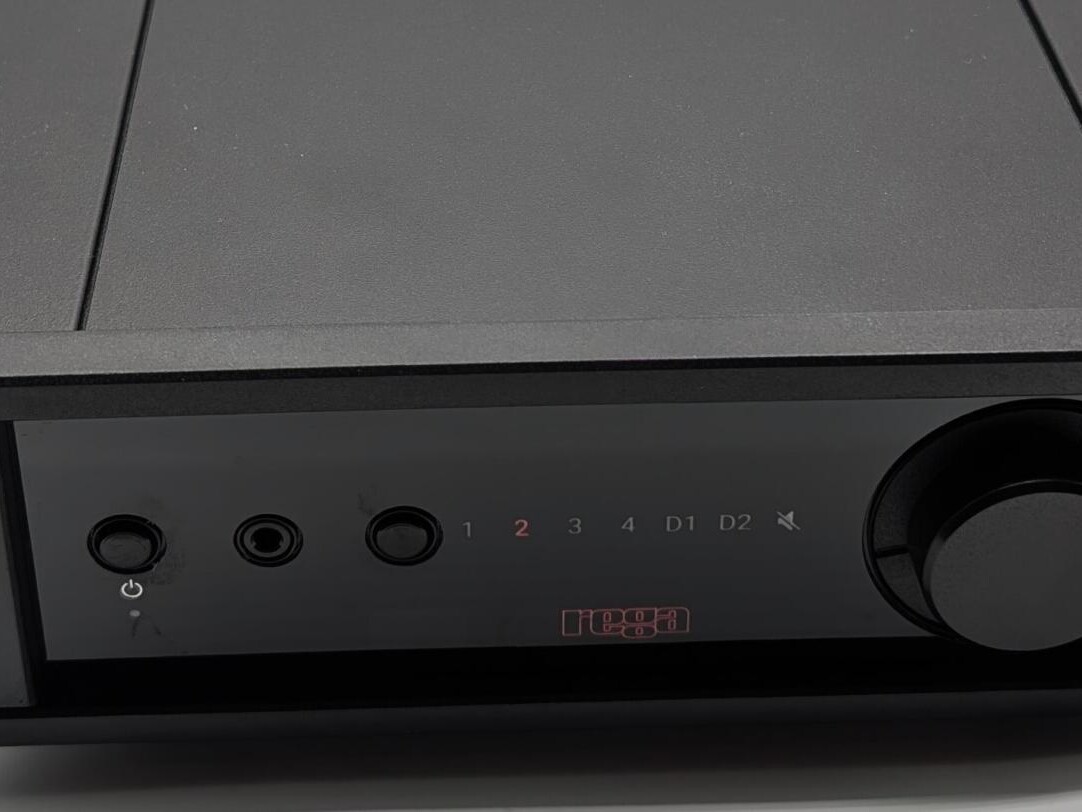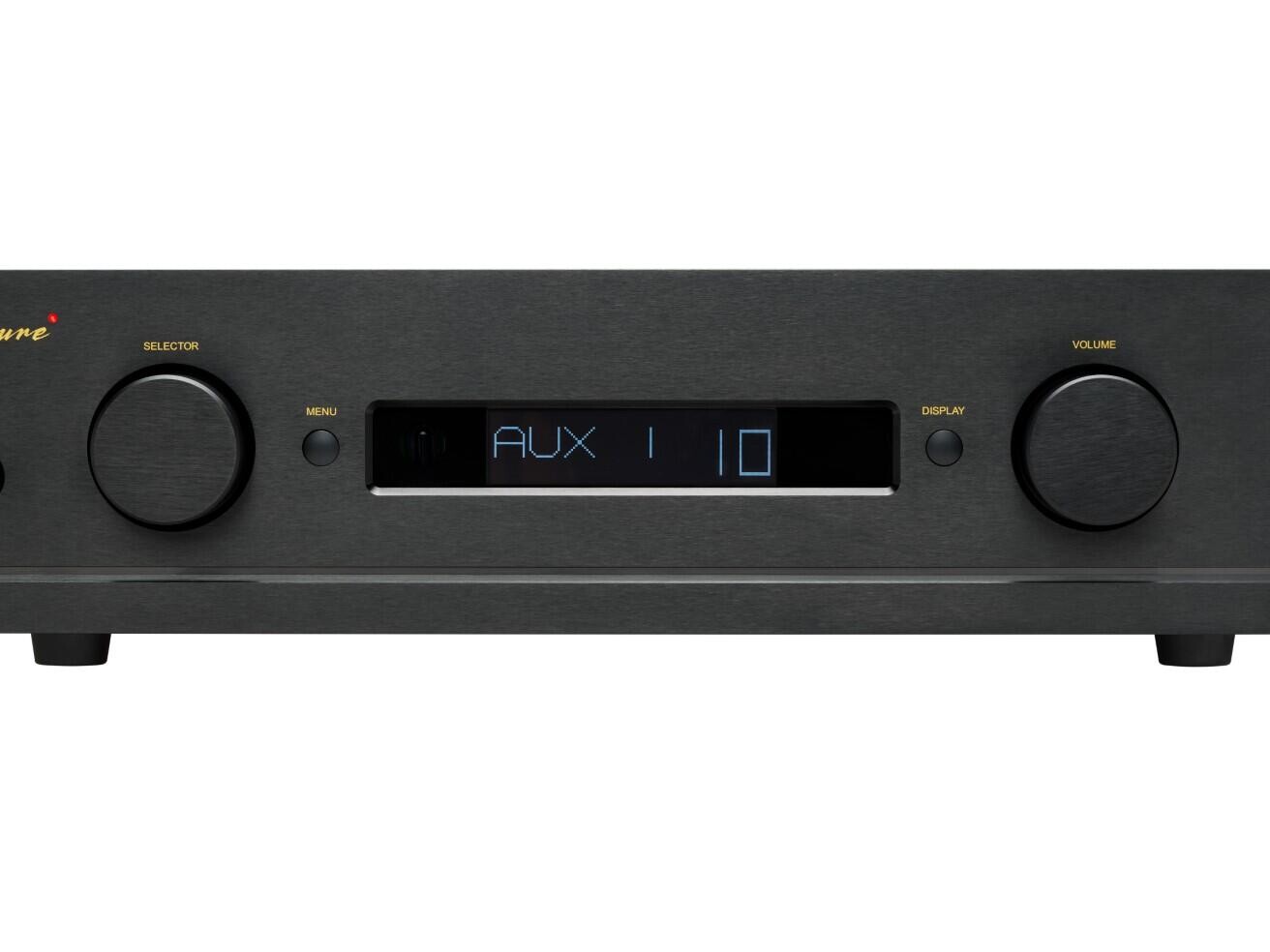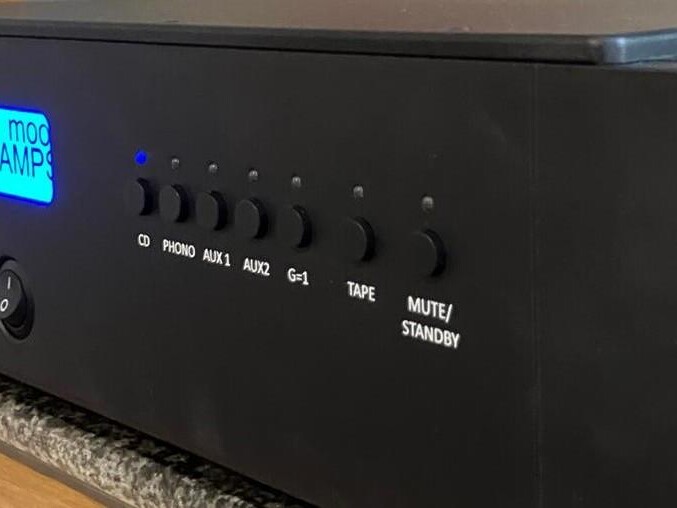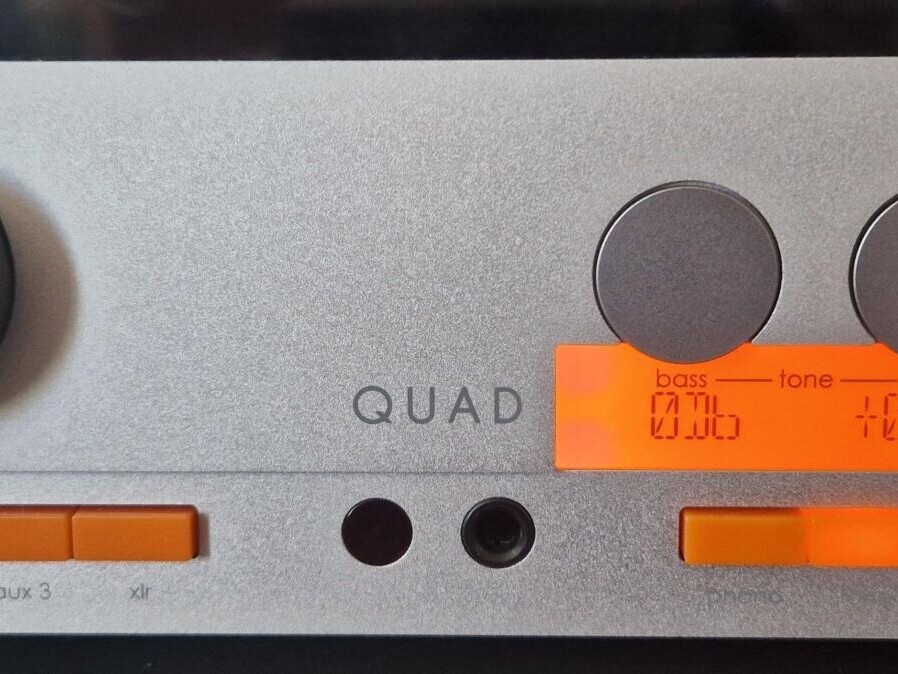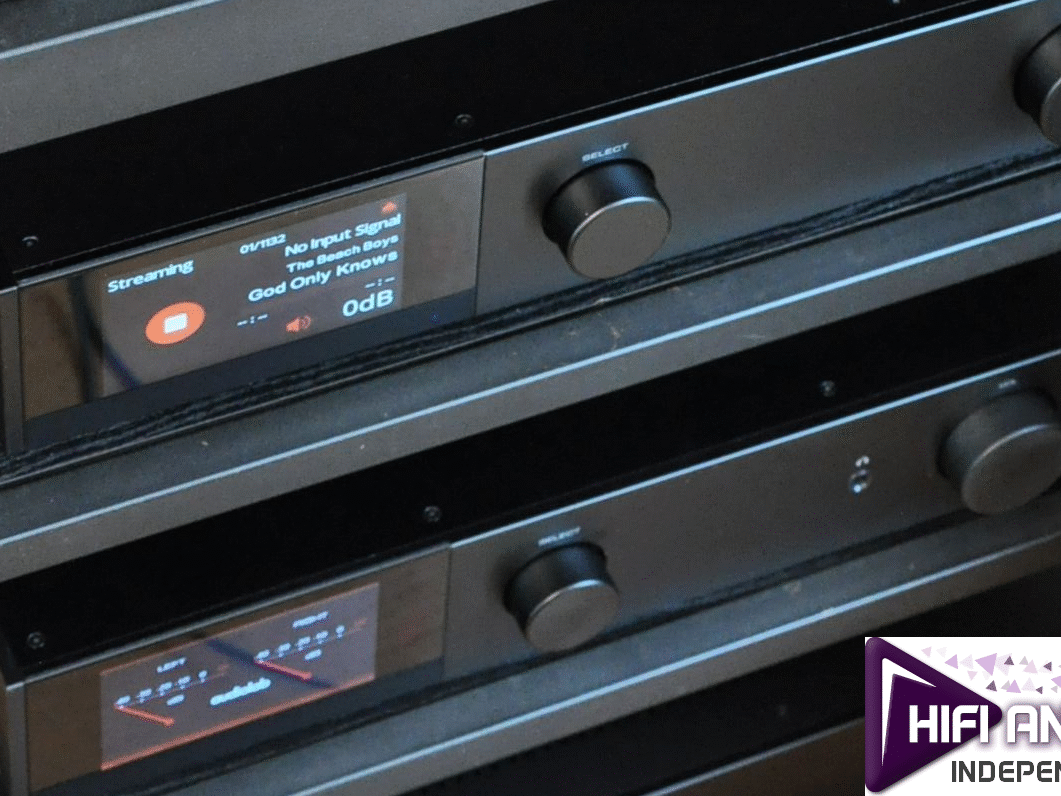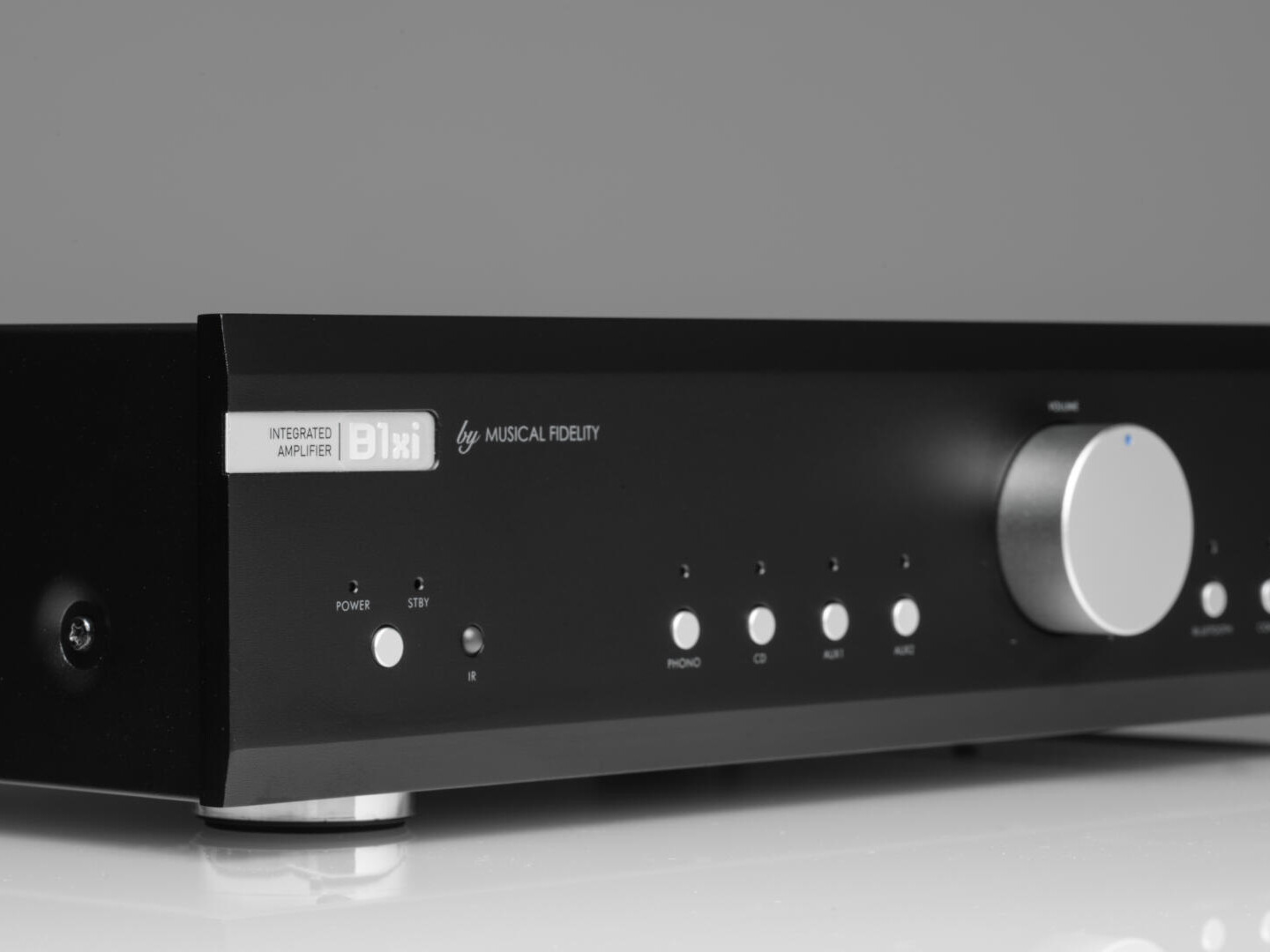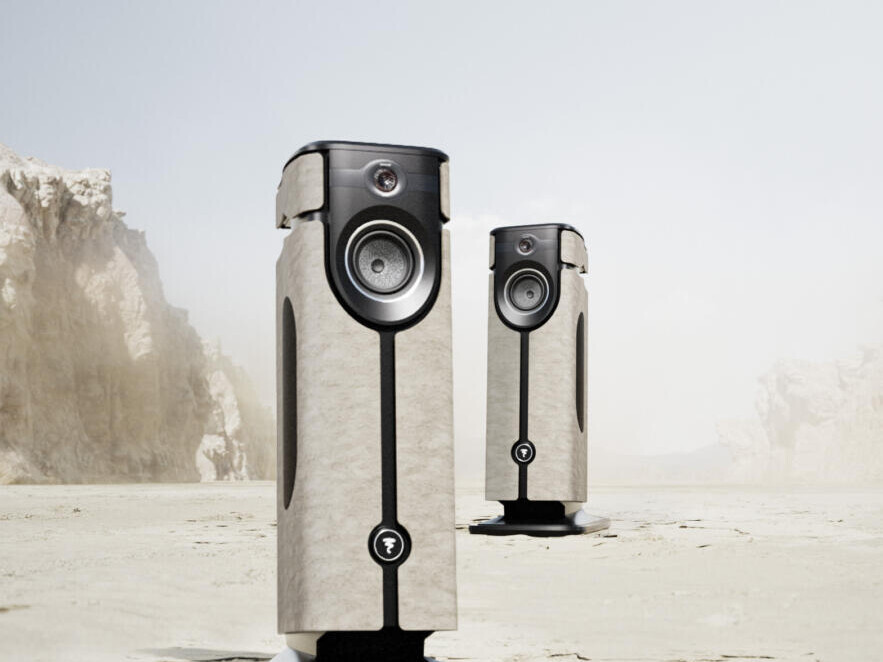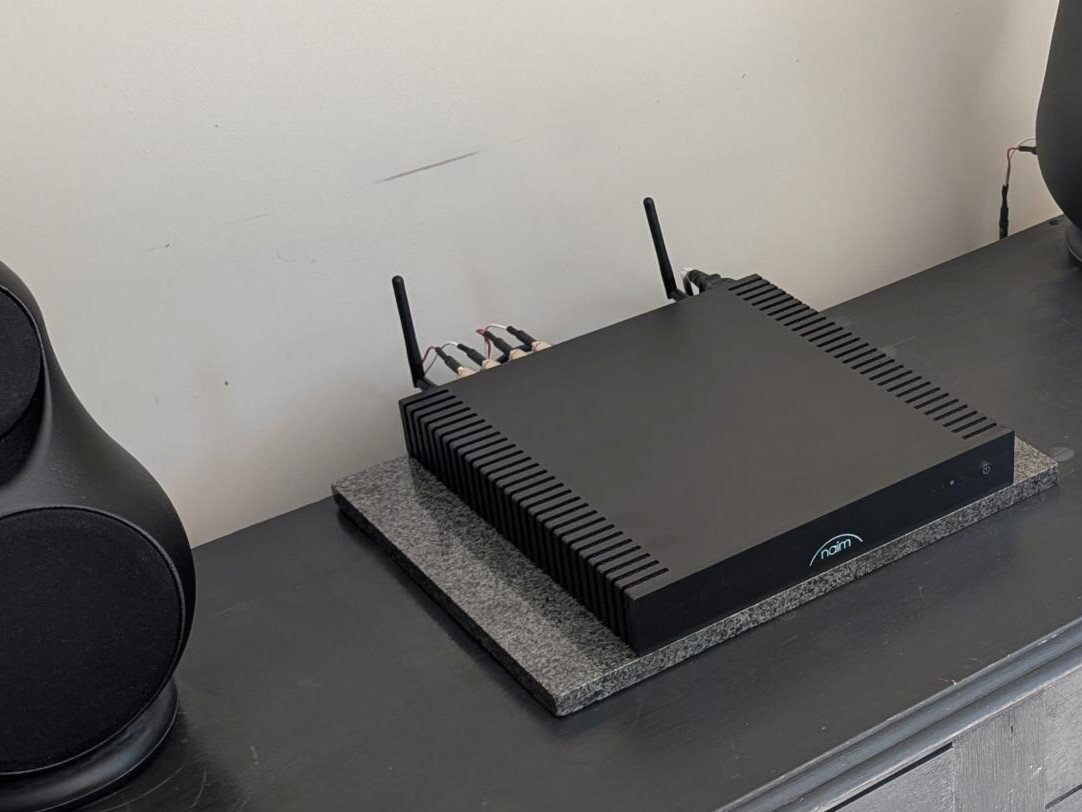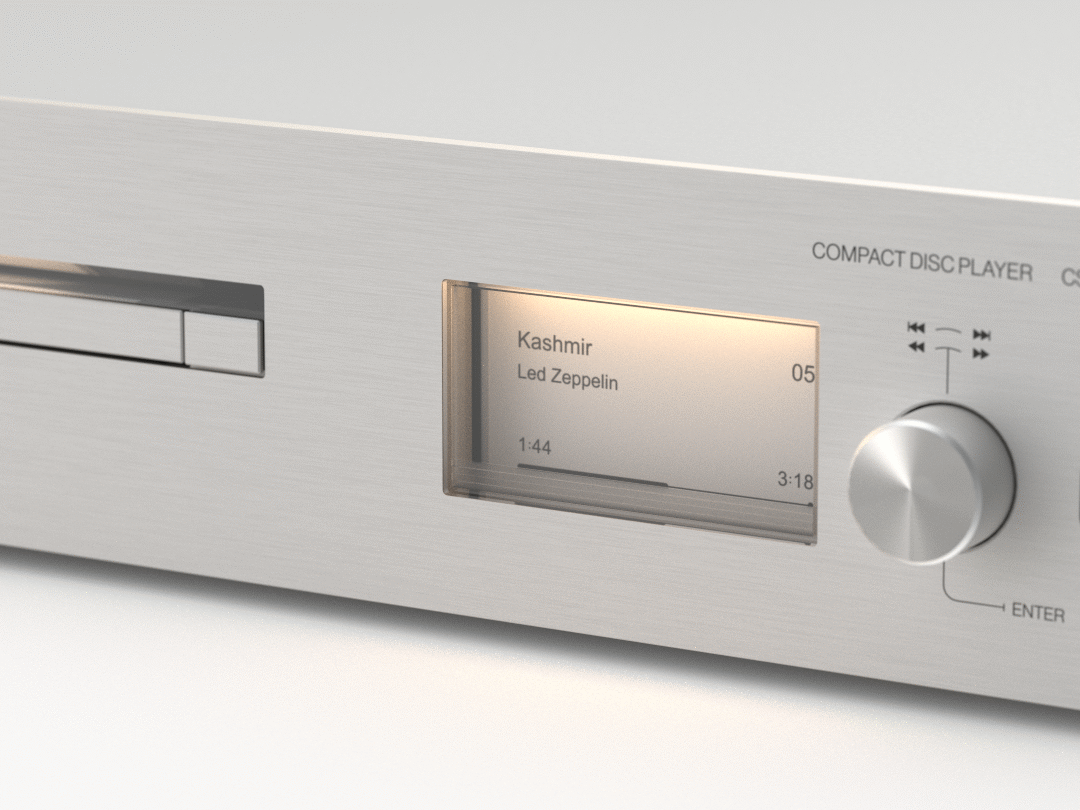Introduction
AVID is a very interesting hifi manufacturer. Indeed, the company’s name is an acronym for A Very Interesting Design, which the Accent integrated amplifier certainly is.
The company started out producing state-of-the-art turntables and now offers a full range of vinyl spinners, amplification, and loudspeakers, as well as cartridges, cables, and tables. However, you won’t find any CD players or streamers in AVID’s portfolio; it’s a strictly analogue affair.
The Accent is the entry-level model in the company’s range of amplification; however, retailing at £4,500, there is no doubt this is proper high-end hifi. And the Accent is a proper old-school analogue amplifier. By that I mean it’s primarily designed for analogue reproduction, so while you can connect digital sources to any of the four line-level RCA inputs, the Accent features the same brilliant Pellar phono stage found in the company’s £9,300 Integra amp. This amp is a vinyl enthusiast’s dream.
I spoke with AVID HIFI’s owner and founder Conrad Mas about how the Accent fits into the company’s amplification range:
The Accent amplifier might be our entry-level model, but it shares the same design DNA as our flagship amplifiers, utilizing many of the bespoke components found in our higher models. This ensures that even at this level, performance remains uncompromising. Accent retains our commitment to precision engineering, offering a build quality and reliability for a lifetime of use, with a powerful and realistic listening experience that reproduces the true feeling of every recording.
Design
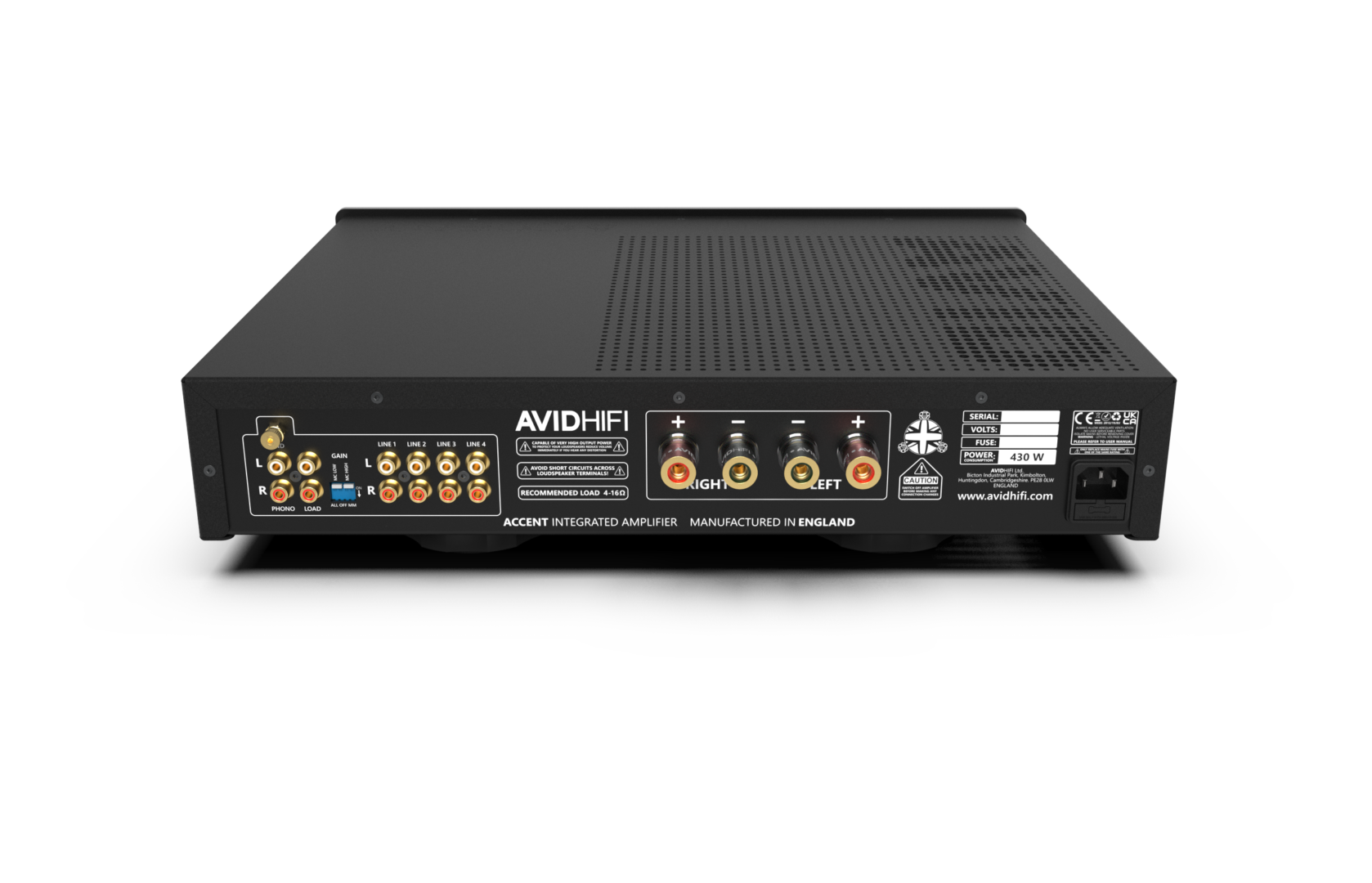
At the heart of the Accent beats a large 617VA toroidal mains transformer. This power supply and vast 40,000uF capacitor bank deliver 70 watts into 8 ohms, which is ample to drive most loudspeakers to realistic volume levels. Signal paths are complemented with AVID’s custom polypropylene capacitors, and the output is adjustable via the highly regarded ALPS Blue Velvet RK27 volume control.
This is partnered with a solid-feeling source selector switch, which, like the volume pot, is beautifully sculpted for better grip. The only other front panel adornments are metal push buttons for mono reproduction and muting the output, along with an inset jack socket to connect headphones.
The power switch is located underneath the front of the unit, out of sight, so you simply feel for it. This design feature is rather neat, as it keeps the elegant facia uncluttered and negates the need to grope around the rear panel.
You will find chunky binding posts on the back panel to connect loudspeakers; these will accept either banana plugs or spade connectors. Four line-level RCA inputs sit alongside the Phono input, which by using the sensitivity dip-switches, can be used with both Moving Magnet (MM) and Moving Coil (MC) cartridges. In MM mode, the resistance is pre-set at the standard 47k ohms, while MC operation is facilitated by the supplied 500 ohm plugs. Should you require different MC resistance loading, after-market plugs can be used. A grounding post is also present to connect the earth lead from your tonearm.
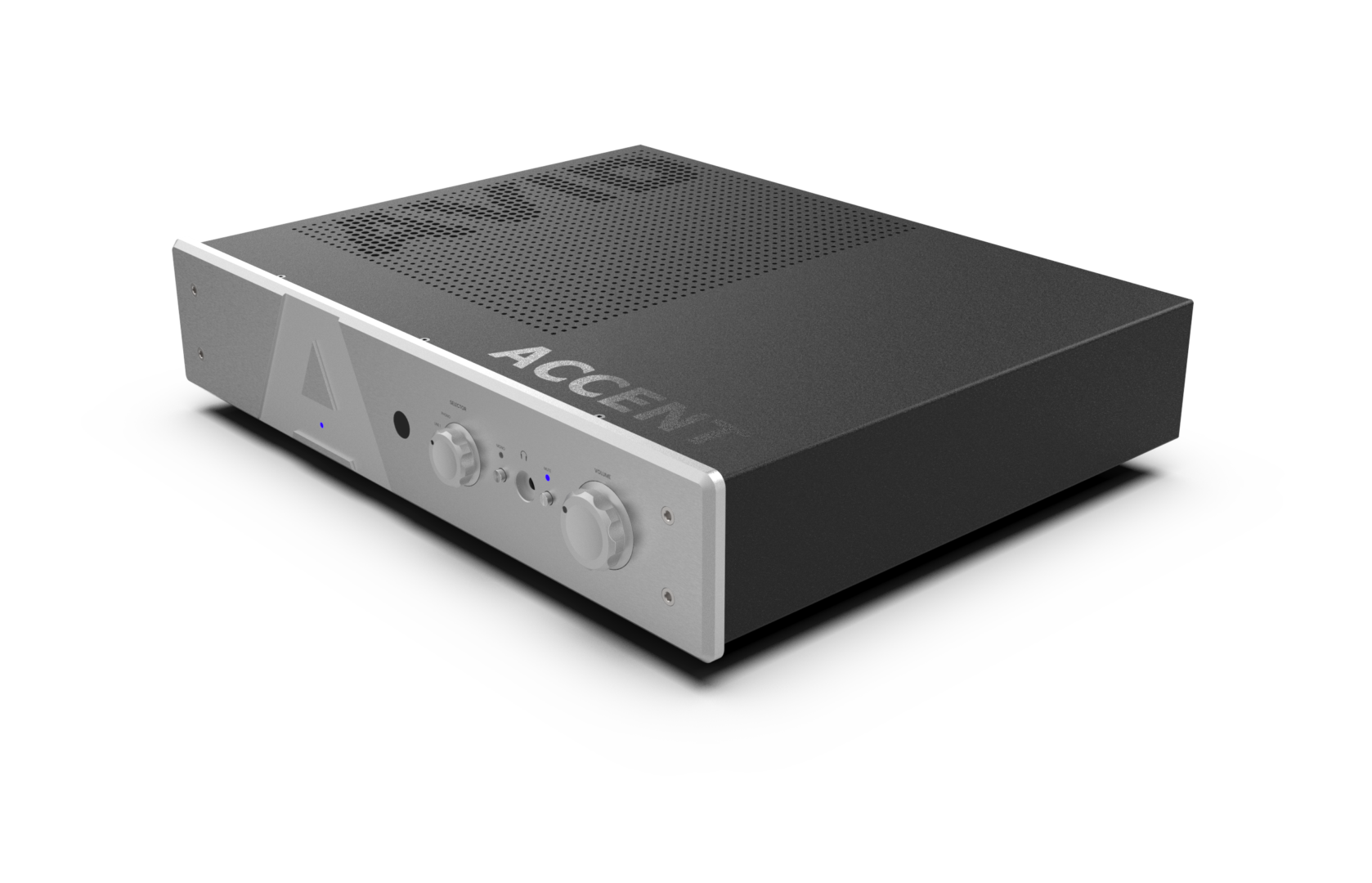
Quality
The casework is a masterclass in precision engineering, which is what AVID is fundamentally about. Built with premium heavy-gauge steel, the unit is finished with a solid aluminium front panel showing the company’s logo. Ventilation holes spelling out the company’s name with patterned perforations adorn around two-thirds of the top panel, with the model name etched in black gloss on the matte black top plate—a nice touch.
The supplied remote control is substantial yet elegant. It is made of solid aluminium and has three metal bush buttons to adjust the volume up and down or mute the output.

Specification and Price
Power output quoted 70W 8Ω
4 x RCA line inputs, 1 x MM/MC phono input
Headphone output 9 V RMS
Dimensions; 470 x 410 x 110mm (WxDxH)
Net weight quoted 14.5kg
Price £4500
The full Specification is here.
Performance
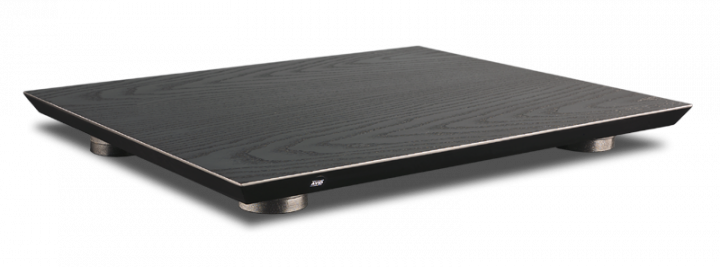
Review Equipment
The Accent is installed atop AVID’s excellent Platform, providing optimum isolation from external vibrations, and fed by my two primary sources. A classic Garrard 401 turntable with SME3009 combo equipped with the brilliant Hana ML (Micro-Line) low-output MC cartridge supplies the analogue front end into the amp’s Pellar phono stage. Streaming and CD playback are enabled via Leema Acoustics’ stellar Stream IV. All cabling is from Chord Company’s Shawline range with Tannoy Berkeleys with the 15” HPD drivers.
Sound Quality
The defining character of the Accent can be summed up in two words: clarity and control. The amp’s clarity is due to its full-range yet unhyped performance, completely devoid of unnatural brightness dialled-in to create an artificial sense of detail. Detail is there in spades, yet it never sounds forced or plagued with a spot-lit treble response.
Because the amp’s tonal balance is well ordered with no undue emphasis on any part of the frequency spectrum, it doesn’t make any attempt to sweeten audio or make poor recordings more palatable. Good recordings, however, are replayed intact, with nothing added or taken away.
As for the Accent’s powers of control, it gets a grip on my Tannoys in a way that my 14 watts per channel valve amps can only dream about, particularly in the low-end. Bass is presented not only in prodigious quantity, but also glorious quality, providing a firm foundation from which the rest of the frequency range can flourish.
Dynamics are also deftly controlled, allowing for dramatic dynamic swings without becoming compressed or compromised in any way. Music can go from whisper quiet to deafeningly loud in an instant without sounding sat upon, while subtle shifts in loudness from individual instruments are never glossed over or homogenized at all.
Auditioning starts with Kate Bush’s debut album, The Kick Inside (EMI 1978), a well-recorded, pure analogue album that sounds beautifully balanced through the Accent. Kate’s naturally icy vocals are expressed with nuance and clarity that many solid-state amplifiers cannot convey, making her sound shrill and piercing. Similarly, the dexterous and richly textured bass lines I hear often come across as spongy and indistinct through amps lacking the solidity and authority of the Accent.
Hearing this inspires me to play Marvin Gaye’s classic What’s Going On (Tamla Motown 1971), an album that has a tendency towards thinness, sounding overly lean through weak-kneed electronics. The Accent however doesn’t remove any flesh from the bones of the recording while ensuring the infectious groove of tracks such as Mercy Mercy Me (The Ecology) keep the toes tapping.
Rhythmically, the Accent is spot on, so those who prioritise PRAT (pace, rhythm and timing) will revel in the sheer joy of its ‘boogie factor’. Take Lee Morgan’s The Sidewinder (Blue Note mono 1964), a swinging slice of soul-jazz from Rudy Van Gelder’s legendary New York Studio. It’s a joy to hear this dynamic acoustic performance presented faithfully, with deft musical flow and uncoloured timbre. The horns parp and rasp with a tangible level of realism, where, often, through less capable amplifiers, they sound hard and brash.
Switching to more modern, digitally created recordings through my Leema Stream IV streamer/CD player, the Accent’s innate power of order and control is reinforced.
Julia Holter’s Something In The Room She Moves (Qobuz 24-bit/96kHz 2024) is a complex recording that mixes edgy percussion with lush atmospherics and ambience. Through low-powered tube amps, such as my ancient Leaks, the ethereal reverbs and echoes are lovely enough, yet the Accent reveals an added sense of air while commanding the tempo with superior authority.
The excellent onboard headphone amplifier is useful when private listening is necessary or preferred. Again, the Accent has plenty of heft to drive most headphones, even my incredibly insensitive AMT (Air Motion Transformer) design. Output to loudspeakers is muted when headphones are connected.
AVID Integra and Sigsum
A little while back, I had the pleasure of spending time with the Accent’s larger sibling, the Integra, which boasts a larger mains transformer and delivers 90 watts of power. Both amps, however, feature the superb Pellar phono stage, which does a stellar job in making the most of the information your cartridge extracts from the grooves. In this respect, the Accent offers much of the Integra’s performance at a fraction of the cost.
Incidentally, when AVID’s Conrad Mas collected the Integra, he brought the top-of-the-range Sigsum integrated along for the afternoon. This was the best amplifier I’ve ever heard in my system, yet the Accent still offers a large slice of the commanding AVID sound.
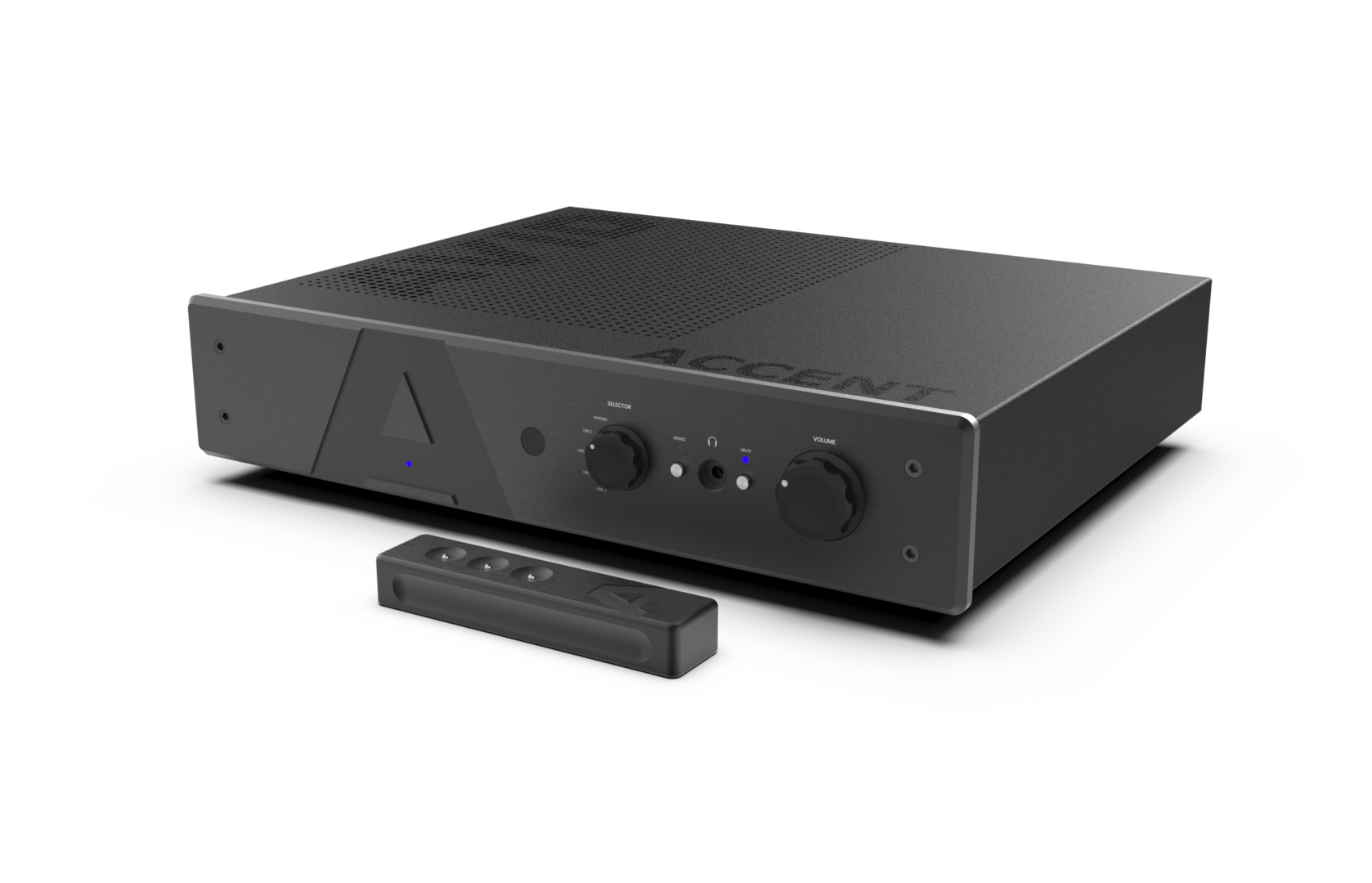
Overall
Some audiophiles insist upon multiple boxes for amplification. AVID can supply such units if your bank balance stretches to spending a six-figure sum on amplification alone; however, if you wish to experience the company’s exceptional electronics expertise, as well as stunning build quality in a single box, the Accent is where your auditioning should start.

AVID Accent Highlights
…the Accent is where your auditioning should start.
Overall
This amp is a vinyl enthusiast’s dream.
Introduction
The casework is a masterclass in precision engineering
Quality
….the Accent can be summed up in two words: clarity and control
Sound Quality
Love
-
Outstanding sound quality
-
Impeccable build and finish
-
Stellar Pellar phono stage
Like
- Elegant, uncluttered facia
- Simple yet sturdy remote control
Wish
- Power light cannot be switched off or dimmed
Related Posts
12 December 2025
HF&MS Product of the Year – Focal DIVA UTOPIA
HF&MS Product of the Year - Focal DIVA UTOPIA
29 October 2025
Ultrafide Announces Accessible Power Amplifier
The SP500 amplifier is a more affordable…
5 August 2025
Full Stack Audiolab 9000 Series Review
This is the first UK review of the full Audiolab…
24 July 2025
Musical Fidelity B1xi Integrated Amplifier Announced
Henley Audio has announced that the first of the…
20 June 2025
Unitra enters the UK market, distributed by The Audio Business
The Audio Business has announced this week that…








